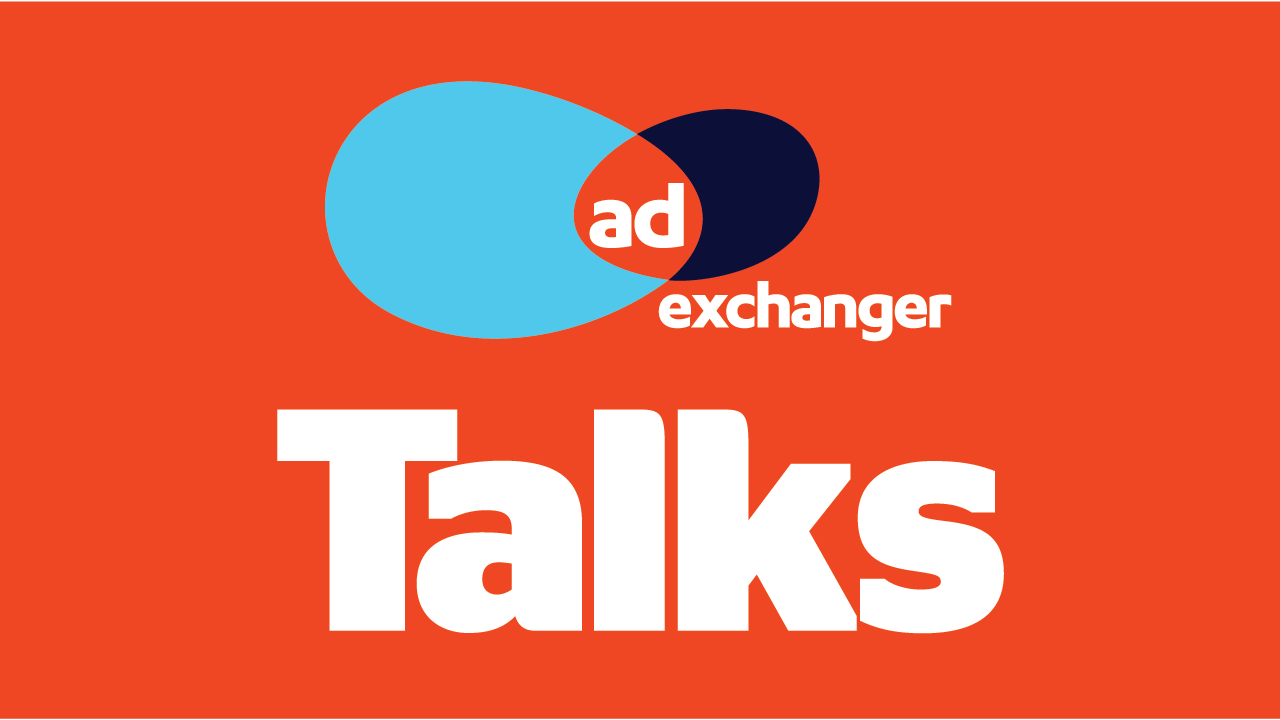
Welcome to AdExchanger Talks, a podcast focused on data-driven marketing. Subscribe here.
Mike Shehan, CEO of Denver-based video ad platform SpotX, is building what he describes as a “modern ad server” to support monetization of ads across digital video, OTT and linear broadcast environments.
Shehan sold a controlling stake in his company to European broadcaster RTL Group three years ago, and this past summer RTL bought out the remaining shares. Total consideration: about $300 million.
Today Shehan is focused on building out SpotX’s capabilities in linear and connected TV. That initiative requires a substantial investment in engineering and sales for a company that started life as a video ad exchange – its original name was SpotXchange – but has evolved into a complete monetization platform.
“Long-tail publishers and broadcasters have a different mix of programmatic and direct-sold, but the need for publishers to have a platform to do it all … is the long-term game plan,” Shehan says in the latest episode of AdExchanger Talks.
While OTT advertising is starting to command real dollars, he adds, “We’re still figuring out the earliest of issues.”
He offers this example:
“With our earlier business, you’d see this nice gradual increase and decrease throughout the day. Now it’s changing. We’re seeing this increase during the weekends and prime time, because we’re monetizing live OTT.
Instead of that nice gradual increase where people are clicking one by one to watch a video, there is a booth announcer saying, ‘Hey we’ll be right back.’ And boom, we’ll get 25,000 simultaneous calls. And each one of those needs not just a dynamic ad; it needs dynamic delivery of a pod of ads. And we need to yield optimize that pod while maintaining competitive separation. We need to work with the buy side and all the DSPs, who … share an equal challenge and burden.”
It’s not only consumer behavior that is changing. The competitive set around video ad tech has evolved too. Facebook shut down LiveRail, AOL acquired Adap.tv and Comcast bought FreeWheel. Google is moving in, and other digital platforms such as Facebook and Amazon are waiting in the wings.
“Now you have all of these new players,” Shehan says. “What weren’t competitors are now competitors, especially if you look at huge mergers like AT&T-Time Warner. Companies need to look very carefully at who they partner with, even extending to Google and Facebook.”
Also in this episode: the tussle over video ad-serving standards, what’s changing with old-fashioned video ads and will TV ad fraud be a thing?
This post was syndicated from Ad Exchanger.

More Stories
AI Agent Employee Firm, MarkeTeam AI, Raised $3m With This Pitch Deck
‘Survive to 25’: Quentin Weber looks back on 2024
Between Two Beers signs global partnership with Acast